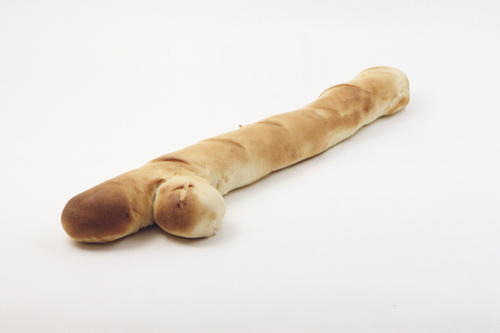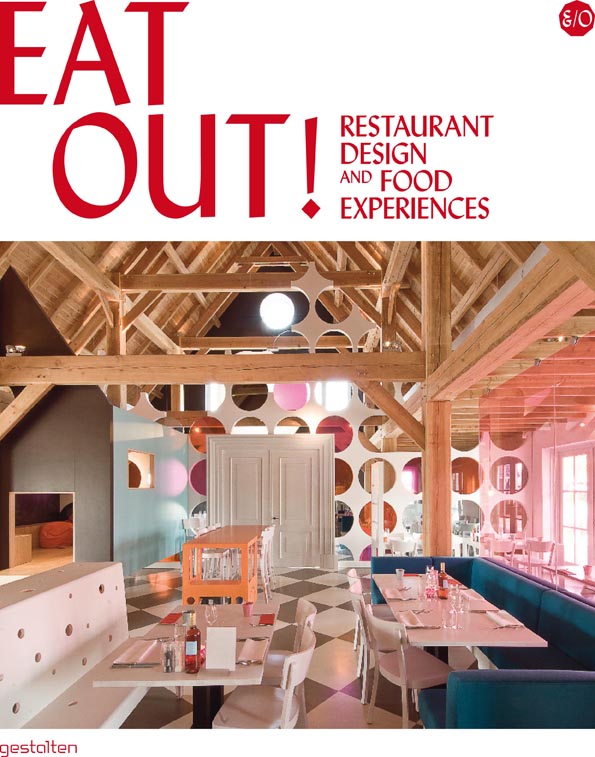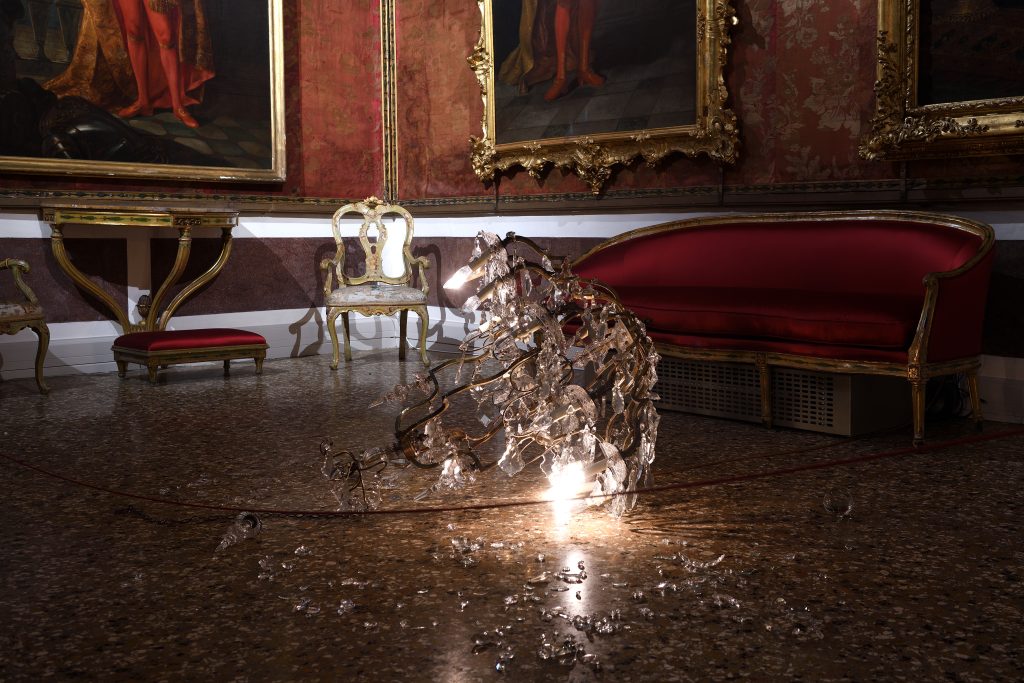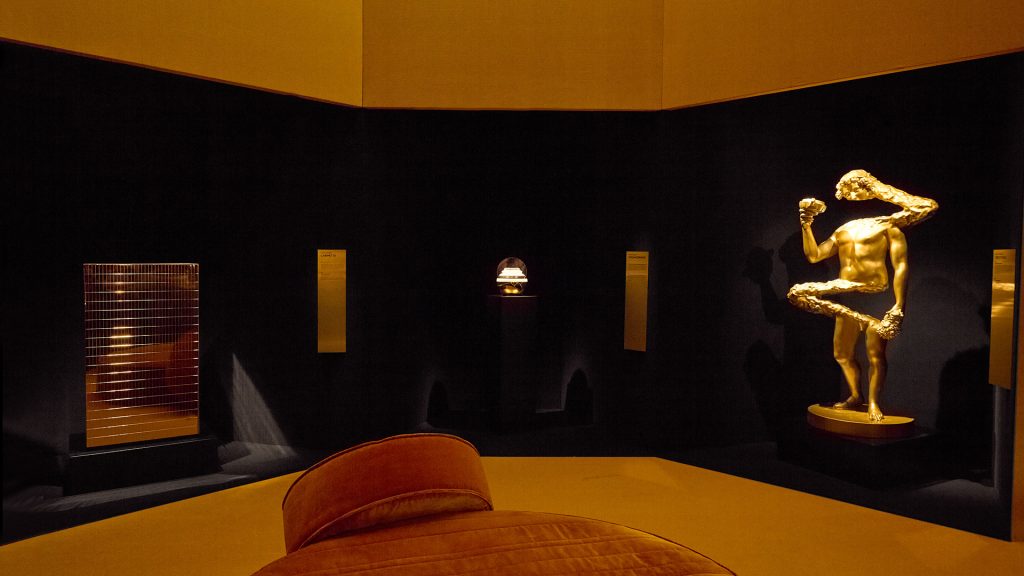The Experimental Gastronomy Project Reinvents + Reimagines Dining Out
A collective that invites artists to craft tableware and renowned chefs to concoct dishes that match

The Dutch creative collective Steinbeisser (which translates to “biting on rock”) was founded in 2009 by Jouw Wijnsma and Martin Kullik. In 2012, the pair formed the Experimental Gastronomy Project, a string of fine dining events designed to dismiss preconceived notions about dining out. Guests would sip from intricate, artist-made cups and eat from plates with mountainous ridges through them or boards crafted to look like tree trunks. Delicate dishes—prepared by some of the world’s most talented chefs—would teeter on a plate’s ledge with their sauce dripping below. Diners would be challenged and confounded. Commissioned artists purposefully blurred the line between functional serveware and elaborate art. Once the meal ended, these pieces would be available for purchase and could be found in an online store called Jouw that Wijnsma and Kullik opened in 2019.

“Jouw and I both love the beauty of craftsmanship, ceramics, design, fashion, architecture and applied art,” Kullik tells CH. “In 2012, I became vegan and with that shift in perspective my own curiosity for knowing more about sustainable farming practices and biodiversity started to grow. We both seem to have an insatiable hunger for wanting to do deep research on things that are important to us. That’s why I started to do more and more research on the origin of plant-based foods such as fruits and vegetables, herbs and beans, mushrooms and grains, and all things fermented.” It’s that voracious curiosity that led to their creative culinary projects.

Wijnsma and Kullik sought 40 artists for their first dinner, commissioned works made from reused or natural materials, found the perfect chef and booked an elaborate location. Thus, the Experimental Gastronomy Project was born to answer a question they asked themselves in the midst of their research, “Why do we eat the way we do and are there other options?”

“All the artists, chefs and locations are chosen by instinct. We try to create a beautiful, harmonious chaos. The artists can choose how many pieces they wish to contribute. All the pieces are uniquely sculptured works, in a way a metaphor for our continuous curiosity to explore and find new ideas and shapes that can impact our senses. We refrain from working with items from serial production. Using recycled, upcycled and repurposed materials for the tableware was a logical step considering the overall ecological approach we take,” Kullik explains. “Additionally, artists are asked to solely use natural materials. All the artists have found the limitation of resources to be an extra creative boost and have therefore fully embraced it.”

The Experimental Gastronomy Project has inverted the idea of place settings and portions. Previous events (in 2012, 2014, and 2016) prompted guests to feed one another using spoons and forks constructed into three-, six- or 18-piece webs. In one instance, oversized ladles were the only way to transport soup from a melting bowl to a diner’s mouth.

“In 2016, we collaborated with the Estonian blacksmith Nils Hint who created cutlery from scrap metals and tools from the former Soviet Union. The artist created spoons that were extremely long, wide or heavy, in order to stimulate guests to feed each other. This was the first time that we noticed how the shape and size of cutlery directly impacts the way we deal with expectations and attributed functions,” Kullik says. “Guests first started to use the cutlery to feed themselves but we quickly started noticing that guests changed their approach to feeding each other, the diners in front and next to them. The cutlery had an immediate impact of changing the approach of feeding oneself to feeding someone else, and therefore relying on the other person to feed one back, a beautiful way to engage in a communal dining. Additionally, some of the pieces were so heavy (think up to 1.5kg or 3lbs) that guests had to put them down in-between bites. That didn’t just slow down the eating process, many guests claimed they actually started to eat more slowly and chew more consciously.”

Experimental Gastronomy dinners are intended to be slower, longer-lasting events. Guests do this by examining all the fascinating and beautiful platters and tools on the table, but Wijnsma and Kullik also want guests to understand that food shouldn’t be rushed. It should be grown, prepared, served and eaten with patience and an understanding of each process.

“For our Experimental Gastronomy projects, we chose to always serve a plant-based, vegan, organic and locavore—locally grown or produced—tasting menu. Why? Because with the abundance of luscious dishes made from meat, fish, eggs, dairy and so on there is a need for new, creative and delicious dishes made from plants only. While searching for the most ecological ways of farming, we chose to get 100% of all our ingredients, both food and drinks, from biodynamic and/or organic farmers sourced directly in the surroundings where the dinners take place. The chefs, the artists and the farmers are all equally essential to the project. And last but not least, we ask all the chefs to cook without the use of any kind of additives or preservatives, because we deem those unfit for consumption,” Kullik explains.

Each dinner is created to feel like a quest that begins with plenty of curiosities and surprises, and ends with revelations about consumption and craftsmanship. Of course, they are meals to be enjoyed too. “Foremost, our projects are meant to be delicious, thought-provoking and super-fun!” Kullik tells us. “We try to have a very positive approach when it comes to challenging our habits.”

Kullik and Wijnsma’s next meal will—depending on safety restrictions on events of this size—take place over three nights (6, 7 and 8 November) in Amsterdam at the Gemeenlandshuis, which was built in 1726. Renowned Zen Buddhist nun Jeong Kwan will prepare “organic vegan temple food”—fresh vegetables and fruits paired with fermented sauces and pastes—to match the serveware made by new and past collaborators. From Sophie Hanagarth’s Two Fingers Spoon to Lillian Tørlen’s A.D.O. plate, pieces will be available for sale in-person and online after the event. Kwan’s inclusion makes perfect sense as her philosophies on food, life and patience mirror Kullik and Wijnsma’s. “It’s the very first time that artists are going to reinterpret chopsticks for us,” Kullik adds, anxious to see what they create.
Images courtesy of Steinbeisser / Experimental Gastronomy











